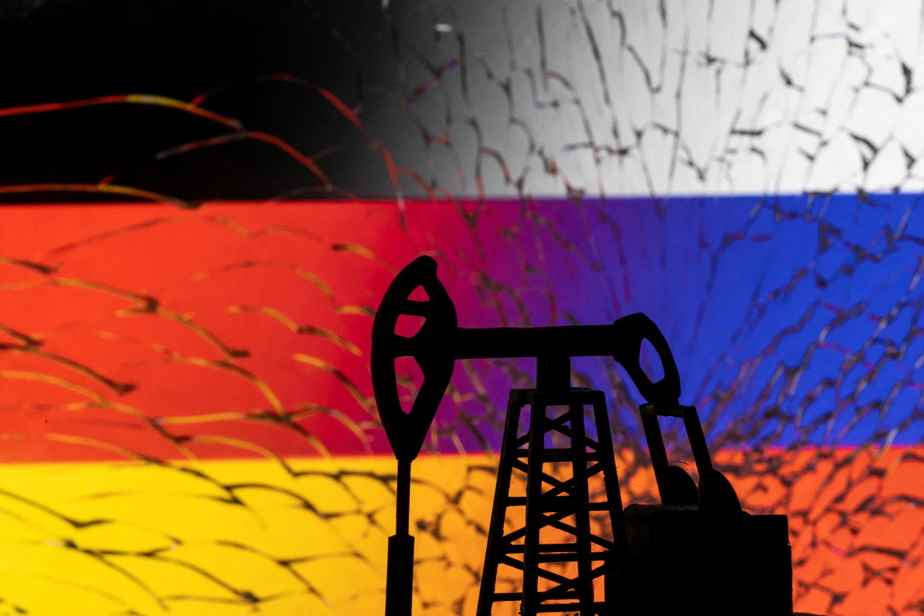By announcing, on May 4, the end of all imports of Russian oil to Europe by the end of 2022, the European Commission has just taken an additional step towards the definitive abandonment of any form of energy dependence in the face of the Russia. It is a historic gesture, which closes a chapter some 60 years old, which began with the commissioning, in 1962, of the Druzhba (Friendship) pipeline linking Russia to Europe.
Posted yesterday at 11:00 a.m.
A pipeline that for a time allowed Moscow, at the time of the Cold War, to win the favor of the nations of Eastern Europe, with advantageous prices, but also a dependence of these countries on the masters of the Kremlin.
This other development confirms that we are currently experiencing the worst energy crisis since the 1970s. A crisis that is in fact even more serious than 50 years ago, because energy price inflation affects all fossil fuels, not only oil, but also coal and gas.
There is no doubt that this decision, which forces Europe to find oil elsewhere than in Russia, should lead to a rise in the price of fuel.
An inflation which, in the meantime, greatly enriches Moscow, but also all the producing countries – most of them, as we know, autocracies.
But predicting the extent of the rise in the price at the pump in the short and medium term would be perilous. Who would have imagined that after plunging into the negative zone, barely two years ago, following the pandemic, oil prices would have taken such an upward tangent?
Too many variables come into play. Containment measures in China, the world’s largest oil importer, could significantly reduce global demand.
The United States and Europe also have large oil reserves, and they have announced that they will use them. This is by far the greatest use of these reserves since the adoption of this measure, decided in 1974, with the creation of the International Energy Agency (IEA).
The effects of this availability of oil on the market, the equivalent of 1 million barrels per day for six months, remains to be seen.
OPEC’s attitude
The attitude of the Organization of the Petroleum Exporting Countries (OPEC) will also play a determining role in the equation. Since the revolution of shale hydrocarbons in the United States (decade 2010), they have become competitors to the oil produced by this cartel. So much so that its main actor, Saudi Arabia, has moved closer to Russia, in a cartel called OPEC+. Saudi Arabia is less receptive than before to Western demands to act as a sort of “central bank” for oil, ready to intervene by rapidly increasing its production, to mitigate sudden price increases.
But, at the same time, OPEC knows very well that an excessive increase in the price of gasoline poses the risk of a fall in world demand.
Worse: it could encourage faster adoption of electric vehicles in rich countries and China.
This transition to electricity represents the greatest threat to the future of these major oil producers. They certainly do not want to contribute too much to accelerating it. They will attempt to maintain attractive prices, while trying to avoid a destruction of demand that would greatly affect their national revenues.
Finally, the scale of the fuel price increase will depend on the attitude of consumers. Both Europe and the IEA have published oil demand reduction plans in recent weeks. However, these measures rely heavily on behavioral changes of an individual nature: carpooling, reduction of air travel, car-free day, public transport.
In short, the end of Europe’s energy dependence on Russia is no longer based solely on the public policies of States, but on citizens’ adherence to a certain energy sobriety.
Given the international nature of the oil market, this citizen reaction will largely determine the future price of gasoline, in the world, and here in Quebec.

